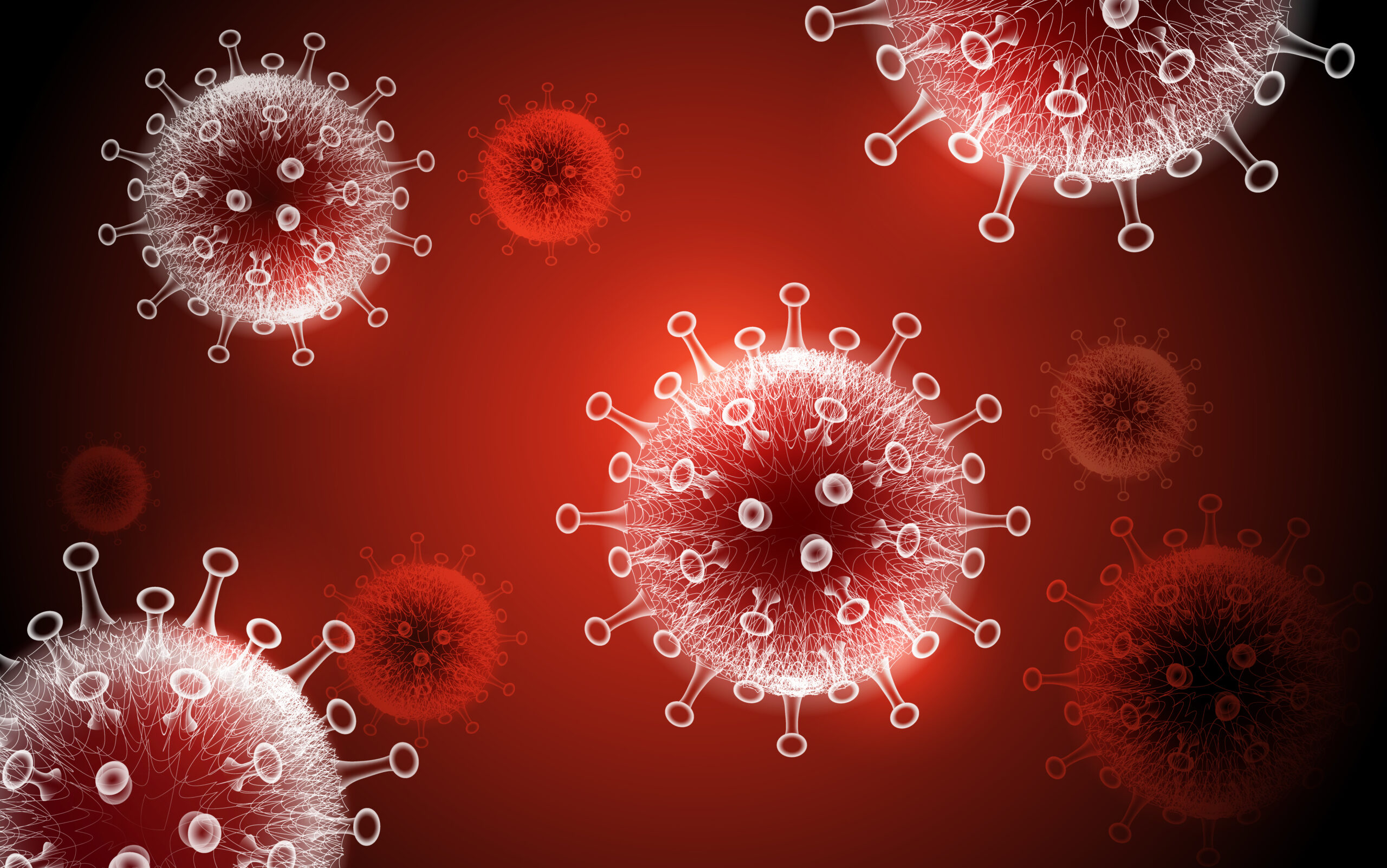Incubation & Count test:
Even in the most advanced and secured clean room environment, microbial contamination is unavoidable. Environmental monitoring review of microbial controlled environments such as clean rooms and Laminar air flow hoods, is regulatory required in order to assure control is being maintained.
Sampling methods rely on growth of microorganisms on media such as Soyabean Casein Digest Agar (TSA) and Sabouraud dextrose agar (SDA) which supports the growth of a wide range of bacteria, yeast, molds and fungi. Samples which arrive at our lab are incubated in controlled and calibrated incubators. Incubation time and temperature varies between different growth media. At the end of the incubation period, colony forming units (CFU) are being counted and reported.
Following the incubation and count, an identification of bacterial growth can be provided
Growth Promotion Test (GPT):
A growth promotion test (GPT) ensures that the medium is capable of supporting or inhibiting the growth of indicator microorganisms, both ATCC strains and customers’ wild strains. Our lab provides GPT for culture solid media and broths using various methods such as: Direct Inoculation, Pour Plate, Spreading on Surface and Membrane Filtration. In case of broths media, the medium is inoculated with a small number of microorganisms and the result is qualitative, either “growth” or “no growth”. For GPT on solid media, the test is quantitative and the recovery of the spiked microorganisms should be 50-200 % from spiked control plates.
Media fill:
Media fill is designed to evaluate and validate aseptic performance either by qualified personnel or of assembly lines producing sterile products. Using a sterile microbiological growth medium in place of the actual articles, the test assess whether the aseptic procedures are adequate to prevent contamination during real time production.
Microbial Limit Test (MLT):
This test is intended for quantitative enumeration of bacteria and fungi that may grow under aerobic conditions of non-sterile products/raw materials (according to USP <61>) and to test for the absence of specified microorganism (according to USP <62>).
The products/raw materials to be tested are diverse: solutions, creams, powders, tablets, inhalers, medical cannabis and more.
This test is intended for samples that are classified as non-sterile.
Before routine testing on a product, a validation is recommend to assure the suitability of the method to the product.
Recovery of Biological Indicators (BIs):
An important aspect of the sterilization validation program involves the use of biological indicators when appropriate. A biological indicator (BI) is a well-characterized preparation of a specific microorganism with a known resistance to a specific sterilization process. Sterilization alternatives: steam, dry heat, gas, radiation, vapor, chemical, or filtration. After completion of the sterilization procedure, the BIs is removed and transferred to the lab within a noted time (NMT 4 h), then added to a suitable medium and incubated for 7 days. Sterilization indicators respond to sterilization process parameters in a non-quantitative fashion; i.e., they show passing or failing results.
Verification of spore population:
The aim of the test is to evaluate the total count of viable spores in biological indicators (standardized inoculated carriers) pre-sterilization.
The correct use of biological indicators (BIs) in the development, validation, and control of sterilization processes requires that their population and resistance be accurately known.
When evaluating vendor-supplied BIs, the viable spore count shall be between 50% and 300% of the manufacturer’s stated value.
Antibiotic Potency:
The activity (potency) of antibiotics can be demonstrated either by chemical methods or by microbial methods. A reduction in antimicrobial activity may not be adequately demonstrated by chemical methods thus the microbiological assay is the standard analytical method.
The cylinder-plate assay depends on diffusion of the antibiotic from a vertical cylinder through a solidified agar layer in a Petri dish. The growth of the specific microorganisms inoculated into the agar is prevented in a circular area or “zone” around the cylinder containing the solution of the antibiotic. The activity of antibiotics is calculated by measuring the inhibition zone in comparison to a standard curve. Antibiotic Potency is tested according to USP <81>
Autoclave cycle:
Autoclave Cycle – We can offer you autoclave sterilization cycle according to your needs. Starting from small scale (dentist autoclave) to a larger industrial scale autoclaves. Those cycles can be based on our validations if that’s suitable, or perform your specific validation cycles.
Sterilization validation:
Sterilization validation is a crucial part of the development of medical device in order to assure the SAL (sterility assurance level) needed for a medical device. At Hy Laboratories we perform sterilization validation for products going through Radiation sterilization (Gamma/Beta), Ethylene Oxide sterilization, Autoclave, STERRAD sterilization and Dry Heat. We have vast experience in setting those validations with complexed and combined medical devices including submission to the CE and FDA.
Antimicrobial Preservative effectiveness (AET)
Antimicrobial preservatives are substances added to aqueous pharmaceutical products. Nonsterile dosage forms may have preservatives added to protect them from growth of microorganisms inadvertently introduced during or subsequent to the manufacturing process. In the case of sterile articles packaged in multiple-dose containers, antimicrobial preservatives are added to inhibit the growth of microorganisms that may be introduced from repeatedly withdrawing individual doses. The aim of the test is to demonstrate the effectiveness of added antimicrobial preservatives by inoculating the product with appropriate number of microorganisms. The products are divided into categories, the test procedure and specifications are determined according to the product category and pharmacopoeia. Our standard operation procedure relies on USP<51> & EP<5.1.3>.






